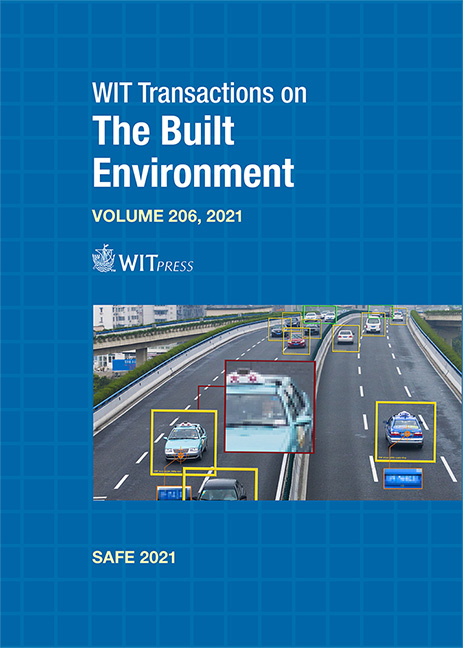APPLICATION OF SEISMIC GEOSTATISTICS TO IMPROVE THE TERRITORIAL INFRASTRUCTURE RESILIENCE AND SUSTAINABILITY
Price
Free (open access)
Transaction
Volume
206
Pages
12
Page Range
3 - 14
Published
2022
Paper DOI
10.2495/SAFE210011
Copyright
Author(s)
MASSIMO GUARASCIO, ANGELO LIBERTÀ, DAVIDE BERARDI, ELEONORA DI BENEDETTO, MARA LOMBARDI
Abstract
The geostatistical methodology proposed in this article is able to provide quantitative data of the ground vibrational movements to the decision support systems to determine the priorities of the seismic interventions adaptation of existing transport infrastructures but also in the design phase of new infrastructures. This paper shows the use of geostatistics to estimate the arrival time and the value of the ground acceleration peak of the vertical and epicentral oscillation components of the Norcia earthquake of 2016. The validity of the non-stationary geostatistical methodology is confirmed by the calculated estimation errors in the 38 sites of the accelerometric stations and used to verify the representativeness of the estimated data. The histogram of the 38 normalized estimation errors is close to a Gaussian distribution with the frequency of the ± σck class of 73.7% instead of 68.3%. This result was obtained for both seismic variables treated, arrival time of the maximum acceleration and peak ground acceleration value (PGA).
Keywords
geostatistical, seismic, resilience, sustainability, earthquake, seismicity, seismic hazard, historical earthquakes, seismic risk





